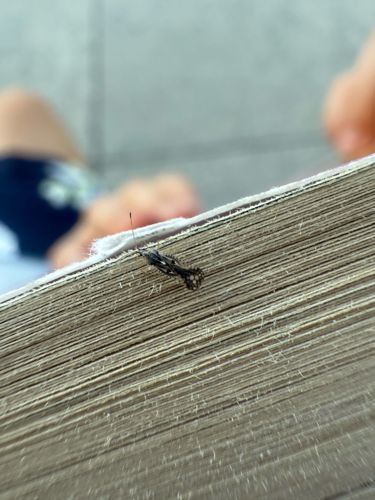Lace Bug
Scientific Name: Family Tingidae
Order & Family: Hemiptera, Tingidae
Size: 2-5 mm in length

Natural Habitat
Typically found on the underside of plant leaves, especially trees and shrubs. Some species are aquatic.
Diet & Feeding
Plant sap. They feed by inserting their stylets into plant tissue and sucking out the sap.
Behavior Patterns
Lace bugs often live in colonies on the underside of leaves, causing chlorophyll damage that appears as stippling or yellowing on the upper surface of the leaves. Many species produce characteristic fecal spots (tar spots) on the leaves. Nymphs and adults are usually found together. They undergo incomplete metamorphosis.
Risks & Benefits
Generally considered a pest in gardens and agriculture due to their sap-feeding habits, which can damage ornamental plants, shade trees, and some crops, leading to reduced aesthetic value or stunted growth. They are not known to bite humans or transmit diseases. Their impact is primarily aesthetic or on plant health.
Identified on: 9/20/2025